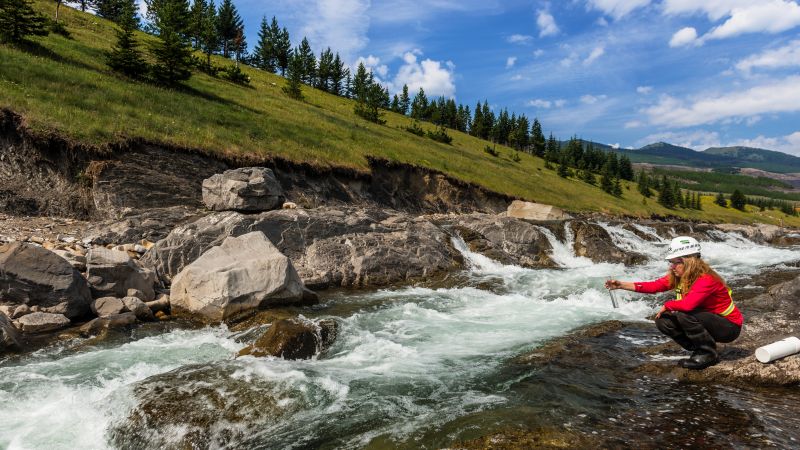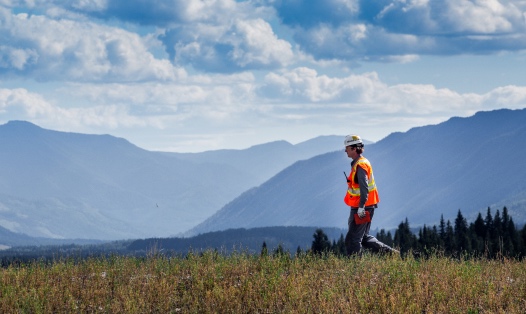As the operator of five steelmaking coal mines in the Elk Valley of British Columbia which employ more than 4,000 people who live in the region, fish in the rivers and enjoy the outdoors, we take water quality issues seriously.
Mining generates large quantities of waste rock that contain small quantities of naturally occurring substances such as selenium, an element that is essential for human and animal health in small amounts but that, in high enough quantities, can potentially affect aquatic health. In the spring of 2013, following an Area Based Management Plan Order issued by the Government of British Columbia, we began working collaboratively with our First Nations neighbours, local communities, non-governmental environmental organizations, various regulatory bodies and a multi-party technical advisory committee on the development of an Elk Valley Water Quality Plan. The aim of the plan is to address the impact of selenium and other substances released by mining activities, with the goal of maintaining the health of the watershed and ensuring continued sustainable mining in the region.
The process to develop this Plan – which will include establishing concentration targets and the time frames required to address levels of these substances – involved several consultation periods where interested parties were able to learn about the Plan and provide feedback through a number of channels, including a series of open houses and small-group meetings. These consultation opportunities were advertised widely through household mailers, newspaper and radio advertisements – in addition to invitations extended to our existing economic, social and community networks – to ensure we received feedback from a wide variety of individuals and groups.
Participants in attendance at these group meetings included a representative from the B.C. Ministry of Environment, an independent facilitator and a meeting recorder. At each meeting, participants were provided with a discussion guide and were encouraged to complete a feedback form. A Teck representative presented information focusing on the consultation topics, and participants were invited to ask questions and provide feedback at the meeting. Key topics for discussion included current and potential water treatment and water quality management approaches, ongoing mitigation strategies, and short-, medium- and long-term approaches to be included in the Plan.
In addition to public consultation, we are receiving science-based advice from a Technical Advisory Committee. This Committee includes representatives from B.C. and the Canadian government, Montana and the U.S. government, the Ktunaxa Nation Council, and an independent scientist.
Input received during consultation is being considered, along with technical and socio-economic information, in the development or refinement of the Plan prior to its submission to the government of British Columbia in July 2014. We continue to take action, including the construction of our first Elk Valley water treatment plant at our Line Creek Operations, as well as monitoring and extensive research and development. Our goal is to stabilize and reverse the trend of selenium and other substances to keep the watersheds near our mining operations healthy for present and future generations.
For more information on our approach to protecting water quality in the Elk Valley, please visit Water Quality in the Elk Valley.

